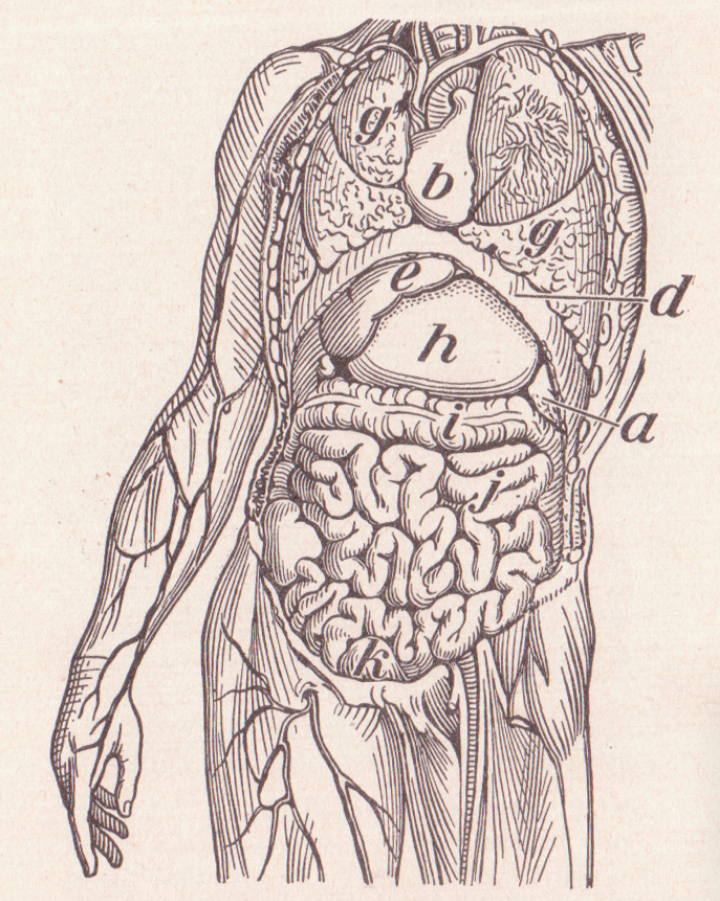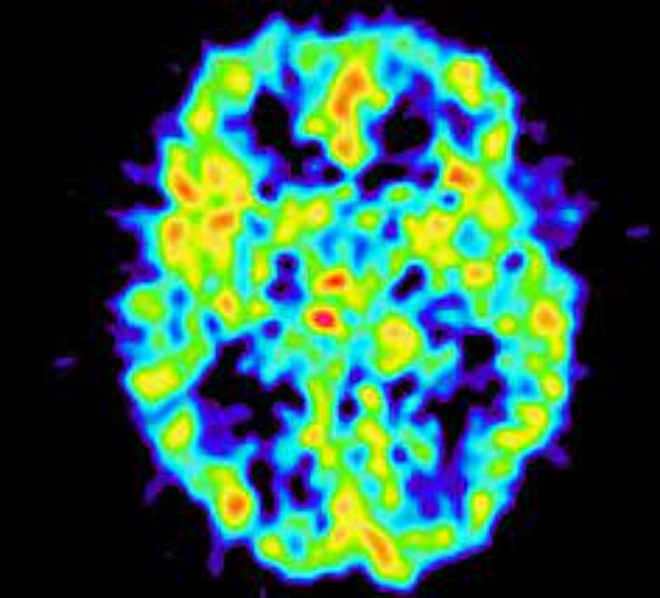|
Name: Butylone
Type: Designer drug
AKA: bk-MBDB; 1-(1, 3-benzodioxol-5-yl)-2-(methylamino)butan-1-one) (Positional Isomers: \tdimethylone (bk-MDDMA; MDDMC), N, N-dimethyl-3, 4 methylenedioxycathinone), synthetic cathinones

|
|
II. Natural Derivative
Synthetic substance, no natural derivative
 |
|
III. Chemical Profile (IUPAC name)

|
|
IV. History
Butylone, a synthetic cathinone, was developed in the 20th century. It is a stimulant with psychoactive effects and is part of the broader category of research chemicals. Its use has been associated with both recreational use and research into its effects on the central nervous system.

|
|
V. Legal Information
Butylone is a synthetic stimulant with effects similar to MDMA. It is controlled due to its psychoactive properties and potential for abuse. [Source: UNODC].
US Federal Schedule - I
Schedule I drugs, substances, or chemicals are defined as drugs with no currently accepted medical use and a high potential for abuse. Some examples of Schedule I drugs are: heroin, lysergic acid diethylamide (LSD), marijuana (cannabis), 3,4-methylenedioxymethamphetamine (ecstasy), methaqualone, and peyote.
Key US Federal Policies:
Controlled Substances Act. Public Law: Public Law 91-513 (text can be found on GovInfo) (https://www.dea.gov/drug-information/csa). Date enacted: October 27, 1970.
|
|
VI. Physical Effects
Butylone is a synthetic stimulant and empathogen. It acts as an upper, enhancing mood and energy. Short-term use can produce euphoria and increased sociability, while long-term use poses risks of cardiovascular issues and dependency. Overdose risks include severe agitation and cardiovascular effects. Safe use involves cautious dosing. Recent research explores its effects and potential health risks.  |
|
VII. Psychological Effects
Butylone is a synthetic stimulant producing euphoria, increased alertness, and enhanced sociability. Immediate psychological effects include mood elevation, increased sociability, and anxiety. Long-term use can lead to dependence, anxiety disorders, and cognitive impairments. Chronic use is associated with mood swings and potential psychiatric disorders. Recent research indicates risks of severe anxiety and paranoia.
 |
|
VIII. Culture
Butylone is a synthetic stimulant and empathogen. Its cultural significance is related to its use in recreational settings and its effects on mood and perception. Media coverage often addresses the risks and effects of such substances, including potential for abuse and harm. Butylone is used recreationally rather than medicinally and is part of broader discussions about drug use and harm reduction.
 |
